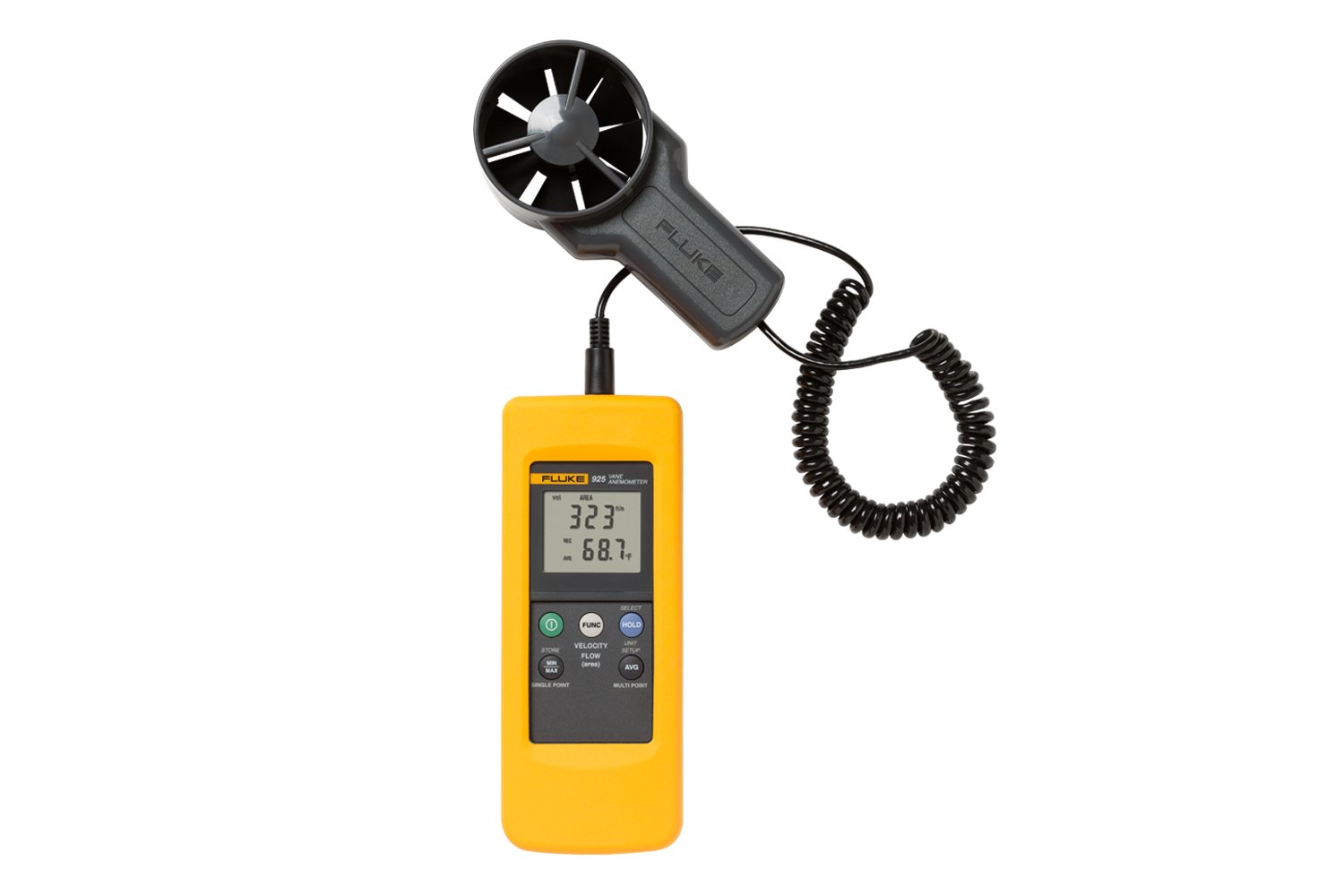Anemometer Innovations: The Most Up To Date Modern Technology for Wind Speed Dimension
All You Required to Learn About Anemometers: How They Work, Why They Matter, and Where to Utilize Them
Anemometers, however usually neglected in the realm of clinical instruments, play a critical function in numerous fields, providing beneficial understandings right into wind rate and airflow patterns. As we dive into the ins and outs of anemometer technology, we will reveal the inner functions of these devices, their value, and the vital factors to consider when selecting the right anemometer for specific applications.

Anemometer Fundamentals
An important tool made use of to gauge wind speed and instructions, the anemometer plays an essential role in meteorology and different markets. An anemometer commonly contains 3 or 4 cups that revolve in the wind, a vane that directs into the wind, and sensing units to track the activities or turnings. By determining the turnings or activities over a specific period, the anemometer can identify wind speed. The vane assists figure out wind direction by directing into the wind, offering useful information for weather forecasting, air travel, maritime procedures, ecological surveillance, and wind power applications.
There are various sorts of anemometers readily available, including cup anemometers, vane anemometers, hot-wire anemometers, and sonic anemometers, each with its distinct attributes and applications. Cup anemometers are typically utilized for standard wind rate measurements, while vane anemometers are favored for directional measurements. Hot-wire anemometers are appropriate for low airspeeds, and sonic anemometers are perfect for high-precision measurements in study and commercial settings. Recognizing the essentials of anemometers is essential for precise wind data collection and analysis across different markets.
Concepts of Anemometer Operation
Structure on the foundational understanding of anemometer basics, the principles of anemometer procedure elucidate the auto mechanics behind wind rate and instructions dimensions. Anemometers run on the concept of airflow impacting a sensor, creating it to turn. Mug anemometers, for example, have three or even more cups that capture the wind, causing them to rotate faster as the wind speed increases. The turning rate is after that exchanged a wind rate measurement. Vane anemometers, on the various other hand, utilize a tail or a probe that straightens itself with the wind direction, providing a measurement of wind direction based on the alignment of the sensing unit. Hot-wire anemometers rely upon a warmed cable that cools down as wind overlooks it, with the price of cooling down determining the wind rate. Ultrasonic anemometers measure wind speed and direction by evaluating the moment it takes for ultrasonic signals see page to take a trip in between transducers. Understanding these principles is vital for trusted and accurate wind dimensions in numerous applications.
Value of Anemometers
The importance of anemometers in weather forecasting and various industries can not be overstated. Anemometers play an essential role in gauging wind speed and instructions, giving crucial information for weather condition forecasting, climate studies, environmental surveillance, and air travel operations. Meteorologists depend on anemometers to collect accurate wind information, assisting them recognize weather patterns, anticipate storms, and problem timely warnings to the general public. In industries such as building and construction, farming, renewable resource, and maritime procedures, anemometers are used to maximize processes, ensure safety, and raise effectiveness. As an example, wind ranch operators utilize anemometers to evaluate wind problems and optimize electrical energy production from wind turbines. In the try this out maritime sector, anemometers aid ship navigating by giving real-time wind info to captains, aiding them make informed choices to guarantee secure trips. In general, anemometers are crucial tools that add substantially to security, effectiveness, and educated decision-making in weather forecasting and a vast variety of industries.
Applications Throughout Different Industries
In the eco-friendly power field, anemometers play a crucial duty in analyzing wind problems for wind farm placements, making certain optimum energy production. Industries like construction and this website mining use anemometers to keep track of wind speeds, critical for security methods, particularly when functioning at heights or in open-pit mines where solid winds can posture dangers. In farming, anemometers assist farmers in managing crop spraying by giving real-time data on wind rate to prevent drift.

Choosing the Right Anemometer for Your Needs
Choosing the proper anemometer tailored to your certain requirements is necessary for acquiring precise wind rate and direction dimensions. When picking an anemometer, take into consideration aspects such as the desired application, required measurement variety, ecological conditions, and preferred features. For general functions, a cup anemometer appropriates for determining wind rate, while a vane anemometer provides wind direction data. Hot-wire anemometers are excellent for low airspeed dimensions, and ultrasonic anemometers supply high precision and sturdiness.

Conclusion
In final thought, anemometers play a vital duty in determining wind speed and instructions throughout different markets. It is crucial to take into consideration the importance of anemometers in order to make educated choices when picking the most ideal device for measuring wind problems.
There are various types of anemometers offered, consisting of mug anemometers, vane anemometers, hot-wire anemometers, and sonic anemometers, each with its special functions and applications. Mug anemometers are generally made use of for standard wind speed dimensions, while vane anemometers are chosen for directional dimensions. Hot-wire anemometers are suitable for reduced airspeeds, and sonic anemometers are perfect for high-precision measurements in study and industrial settings.Structure on the foundational understanding of anemometer fundamentals, the concepts of anemometer procedure clarify the technicians behind wind rate and direction measurements. For basic objectives, a cup anemometer is ideal for gauging wind speed, while a vane anemometer provides wind direction information.